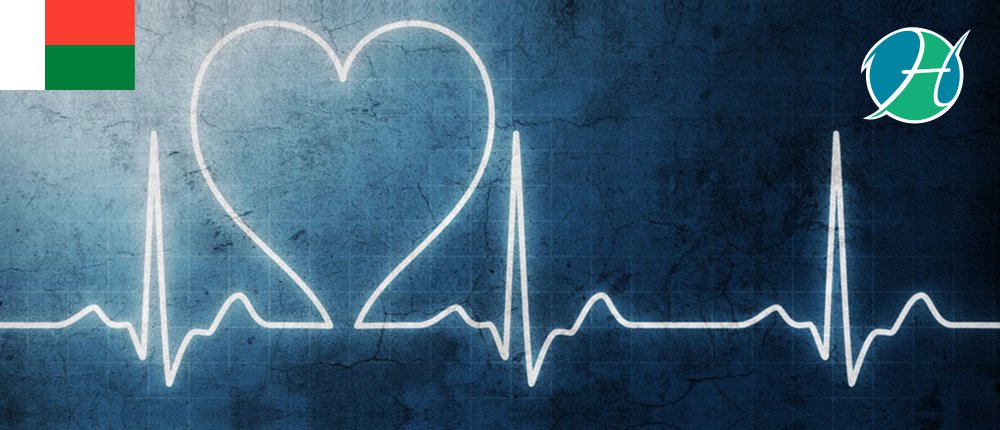Healthcare in Madagascar: Hospitals and Health Insurance

Healthcare in Madagascar
With a population of just over 24.2 million in 2015, Madagascar ranks 51st in the world by population and 46th by total area. The official languages of Madagascar are Malagasy and French. The currency is the Malagasy ariary.
Madagascar ranks 159th in world health ranking per WHO. In 2014, the total expenditure on health per person was $44, which is 3% of the GDP. Males have a life expectancy at birth of 64 years, and females can expect to live 67 years. There are 16 physicians per 1,000 people in Madagascar as compared with 2.56 physicians per 1,000 people in the United States.
Hospitals in Madagascar
There are a number of state hospitals in the main towns and cities. Regional hospitals are located in urban areas and offer emergency care, general surgery, maternity care, and specialized services. District hospitals provide primary care, diagnostic and non-specialized services. Basic care is provided free, but patients have to pay for supplies (bed sheets, dressings, food). Since these hospitals are concentrated in the urban areas, especially in Antananarivo, they are out of reach for much of the population. They are also short on staff, especially specialist surgeons.
Because only 60-70% of the population had ready access to primary health care, the Ministry of Health, Family Planning and Social Protection put over 3,000 Basic Health Centers (CSBs) into operation (although many have closed due to lack of staff and funding). They are classified as level 1 (run by a nurse) or 2 (run by a doctor). These centers offer services like prenatal and postnatal checkups, child immunization and vaccination, family planning services, and disease treatment. Churches and international aid organizations help with the training of health workers to run these centers, which are meant to reach remote, sparsely populated areas. However, many people still have to walk 10k to receive care. Instead, some seek help from local healers who use medicinal plants from the area.
Private health facilities, funded mostly by the Malagasy Lutheran Church and international bodies, are also concentrated within urban areas. These have more modern equipment, more staff, and a higher standard of hygiene.

Health Insurance in Madagascar
The Madagascar Action Plan 2007-2012 made 8 commitments regarding healthcare to citizens:
provide quality health services to all; eradicate major diseases; control and prevent HIV/AIDS; implement family planning strategy; reduce infant, neonatal, and maternal mortality; improve nutrition and food security; provide safe water; and promote hygienic practices.
Treatment is free for the poor, but simply getting to a hospital is too expensive for most rural citizens. Plus, they must pay for their own supplies.
Travel (International) Health Insurance in Madagascar
Travel, or international, health insurance provides comprehensive medical coverage when traveling outside of one’s home country. Travel health insurance is different from travel insurance, as the latter may provide only emergency coverage but not full medical coverage.
Travelers should check with their health insurance provider, as they may already have an option of international health coverage. If they do not, they can purchase travel health insurance from their home country or the destination country.
REFERENCES:-

